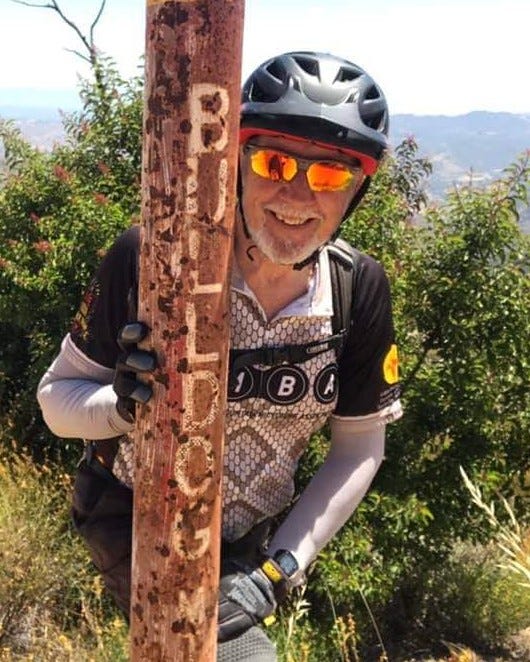There is a behind-the-scenes movement in the USA to privatize public lands. I asked Jim Hasenauer about this movement, wanting some insight on how mountain bikers might view these efforts. We use/need public lands, and if someone or some group of people/organization were to find a way to own public lands, might we lose access? On the flip side, what if mountain biking organizations raised money to buy public lands, assuming tracts of land here and there go up for sale?
Here’s the question I asked Jim: Public lands in the USA are seeing a more concerted effort from those who want to privatize what is ours. Primarily, this is coming from wealthy landowners and industry. Should mountain bikers engage in efforts to prevent this from happening? If so, how so?
Specifically, I asked: Should mountain bikers get involved in working against the movement, or should we maybe/possibly stop and think: hmm? Raise money and buy public lands and have a giant MTB park?!
Jim’s response:
Mountain bikers should always be aware and engaged in activities and policies that affect our public lands. There are a number of efforts, from blatant to nuanced that would privatize or semi-privatize lands now owned by government entities. If successful, these lands are removed from the commons. They’re really no longer “public”. Access is lost.
The most blatant threat is from anti-government groups that reject the very idea of public land. We’ve seen armed violence used to takeover lands for private use. The Malheur National Wildlife Refuge invasion in Oregon is an example, as were the standoffs in Nevada. While these examples capture the public’s attention and are difficult to manage, they are handled by police power and the courts. Thankfully, these are rare.
More typical threats of privatization are handled in public policy arenas and that’s where our awareness and participation can make a difference. Mountain bike organizations need to be involved when these threats come to your riding areas.
Several state including Utah, Nevada, Idaho and Wyoming and even county and local governments have tried to acquire what is now US federal land. If successful, such transfers would still be “public” land, but not as protected as BLM or Forest Service areas. They most often want to add the lands to their tax rolls and look for ways to sell and develop it. Sometimes, they offer land swaps. Obviously, these might have significant impact on both wildlife habitat and recreational opportunities. We need to ensure that any such transactions are conducted with transparency and in the best interest of land protection and access.
It’s common for the Forest Service and BLM to permit private industry to conditionally use their lands. Mining, logging, grazing, ski areas, and most recently wind and solar farms are examples of commercial uses of what is technically our public land. There’s a revenue advantage to the agency and a public benefit to some of these uses, but those always need to be balanced against the environmental and social impacts of developing and withdrawing such lands from public use. The NEPA process and stakeholder engagement provide an opportunity for the public to participate in such decisions. It is often possible to maintain or create trail access as a condition of such developments.
Recently, there have been several cases where private landowners adjacent to public lands have cut off what were traditional access routes. In effect, they’ve created a private barrier prohibiting access to our public land. These situations put private property rights at odds with the public good and are probably best dealt with preemptively. Legislation (such as the California Coastal Act which ensures reasonable public access to the ocean) might create a framework which allows private development without cutting off access. Development monitoring of private lands for sale which are adjacent to the public lands might create opportunities for land conservancies to prevent problems. Trail easements which guarantee public access, but also provide tax benefits to the property owner could also be employed. Often, these disputes end up in court. Sometimes, the best solution is people of good will talking things through. In Crested Butte, the Snodgrass Trail passes through a private ranch. The owners allow trail use in the summer when the cattle are in the high country, but the trail is closed seasonally when the cattle move down closer to town. The solution works because most of the people involved are part of a community. This agreement is currently at risk because visiting bikers and hikers are ignoring the seasonal closure signs and poaching.
The more one rides, the more we become aware of the lands we ride on. We also come to learn the ownership and policies of our host agencies. We see where development, both private and public pushes in and threatens animal habitat and migration routes, our trails, the very experience of being on trail. We shouldn’t take this knowledge for granted. Most people don’t have this experience. Mountain bikers need to continually educate themselves and then be involved in land use decisions in their area. Mountain bike leaders need to be involved in land use decisions at a larger scale. Our organizations must be at the table when private interests threaten the commons.





Always so much to learn.